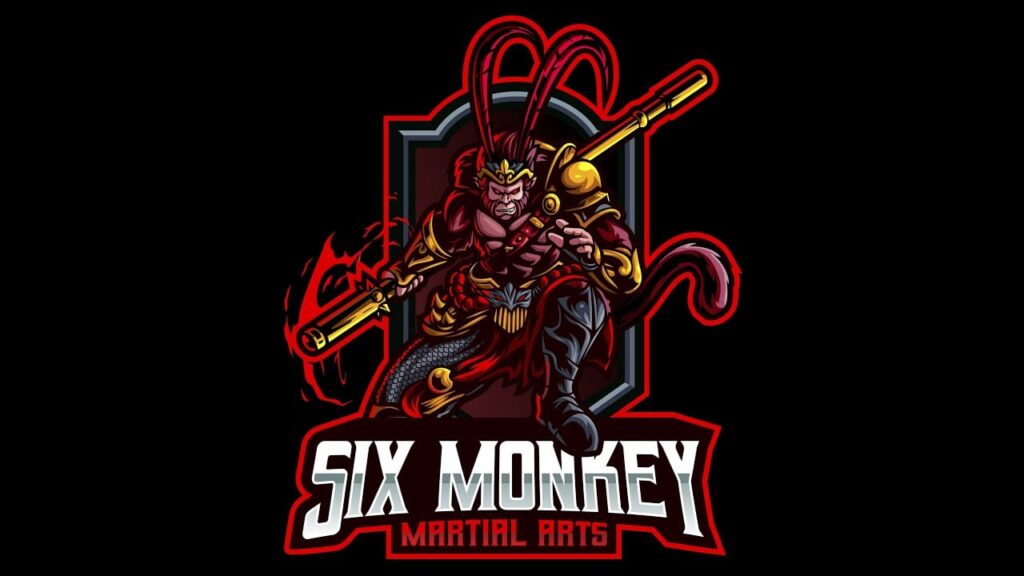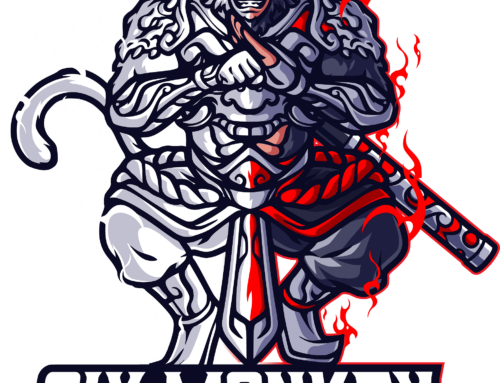
Tai Shing Pek Kwar is a complete and devastating Kung Fu system compromised of 3 entirely different Kung Fu systems. In this blog we discuss the real Tai Shing Pek Kwar Kung Fu and what it entails.
Tai Shing Pek Kwar
Tai Shing Pek Kwar is comprised of three Kung Fu systems. In this article we will discuss each one individually and in detail. First, we have the founding system of Tei Tong (Grand Earth Kung Fu). Next, we will discuss Tai Shing (Monkey Kung Fu).Then, we dive into Pek Kwar (Hammer Fist Kung Fu). Finally, we will conclude with Tai Shing Pek Kwar as a whole including all 3 complex systems.
Tei Tong
Tai Shing Pek Kwar
First let’s begin with Grandmaster Kou Sze. He was the last master of Tei Tong Kung Fu. Known as a low to the ground Kung Fu system that utilizes low kicks and punches to attack opponents from unique levels. This is why the system is called Grand Earth Kung Fu because of its low to the ground techniques. Practitioner’s would begin training this art by spending hours in a low course stance. Then students will focus on footwork and stance level changes. These techniques help students focus on how to move while striking and allows them to focus on new new targets on their opponents.
We also know that Tei Tong practitioners spent a lot of their time training rolling on the ground and walking in low stances to condition their backs and legs. Finally, Tei Tong students would use partner drills to train their reactivity, distance control & timing in these low stances. Unfortunately, Tei Tong is what we call a dead system. Meaning no one is a master of this system or trains it in entirety. Kou Sze was the last person to have mastered this Grand Earth system.
Tai Shing
Tai Shing Pek Kwar
Tai Shing aka Monkey Kung Fu begins with Tei Tong master Kou Sze. We know that this system was created while grandmaster Kou Sze was in prison. We also know that Kou Sze claimed he learned the art from the god Sun Wukong or more commonly known as the Monkey King. Our teachings have told us that Kou Sze discovered this while in prison and combined his knowledge of Tei Tong to make this new system deadly, efficient and unique. Next, we learned that our grandmaster made 6 monkeys from his teachings from Sun Wukong.
Tall Monkey
Tai Shing Pek Kwar
First we have Tall Monkey. This monkey uses higher stances and capitalizes on its reach to control distance effectively. We also teach this monkey with limb destructive techniques called Snatching Hands. Our grandmaster wanted this monkey to utilize a soft blocking followed by hard striking combined with its reach abilities made this monkey a deadly style.
Lost Monkey
Next let’s look at Lost Monkey. A very quick and short range style of Tai Shing. We teach this monkey to focus on agile defense followed by fast strikes and level changes to overwhelm an opponent. Lost Monkey begins with learning how to do short sweeping blocking and then learning Dispersing Hands. We teach this hand set as a simultaneous block and strike technique that catches others off guard and confuse them. Finally, this monkey ends with learning the frightened mindset and how to use your fear to enhance your senses.
Stone Monkey
Third we have Stone Monkey. An aggressive style that destroys opponents guard with heavy strikes. This monkey focuses on forward pressure offense and using that encompassing offense as its defense. Our students start learning this monkey by building their root (stances) and begin to learn about enhancing their Qi (internal energy). Then our students progress by understanding how to develop their Trapping Hands which helps them to trap an opponents guard down so they can counter with a strike. Lastly, our students learn bridge destruction and the alpha mindset of stone monkey.
Drunken Monkey
Then our students learn Drunken Monkey. This monkey is a very calm and relaxed style. Focusing on deflecting rather than blocking strikes and cutting footwork to evade opponents. First our students learn how to relax and use minimal effort in their form. Then they learn how to deflect strikes while using their groggy mindset to stay loose and focus on using mostly Qi (internal energy) for striking. Lastly, our students learn Ghost Hands to deflect strikes and counter with pressure point strikes to cripple their opponents.
Wood Monkey
In addition, we teach Wood Monkey. Wood Monkey uses fierce offense & defense techniques all while using the Wu Wei concept. Meaning our students learn full ferocity while being completely fluid and effortless. This monkey is usually taught last due to the complexity of mastering this particular monkey. Finally, our students will learn Poison Hands to infuse all their strikes, blocks and movements with proper intention to break down opponents methodically.
Night Monkey
Lastly we have Night Monkey. This is by far the deadliest and most advanced of the 6 monkey of Tai Shing. Beginning with Tall, Lost, Stone, Drunken & Wood Monkeys and then Night Monkey is taught. We teach this monkey to advanced students who have shown skill and great control in their training. Night Monkey is taught to focus on Dim Mak pressure points, limb destruction, advanced Qigong & much more.
Finally, students at this level must complete in person training with Sifu Barber in order to reach black sash and Sifu ranking.
In conclusion, Tai Shing is composed of 6 sub styles of Monkey Kung Fu. Each having different characteristics, techniques, specialty hands and mindsets. Kou Sze wanted anyone who learned this new Tai Shing system to be of good intentions and honorable character.
Pek Kwar
Pek Kwar is a very old Kung Fu system that much older than Tai Shing and is composed of Hammer Fist techniques. This system begins with a very old and long lineage but we will focus on a man named Ken Tak Hoi. We know this man was the sole disciple of Grandmaster Kou Sze. We also know Ken Tak Hoi was a master of Pek Kwar.
Our history teaches us that Kou Sze taught Ken Tak Hoi the entire art of Tai Shing as a thank you to Ken Tak Hoi’s father Ken Ming Kwai for helping our GM Kou Sze get a lesser prison sentence. Finally, our teachings have also shown us that Ken Tak Hoi mastered the Tai Shing art as well as Tei Tong art.
Pek Kwar training begins with wide stance training and weight shifting. Next, we know that Pek Kwar also focuses on powering through opponents with their hammer fists techniques. In addition, Pek Kwar students would focus on hours of hand, forearm and body conditioning to better prepare them for tournaments and sparring. Lastly, we know that Pek Kwar has 118+ hand forms not including their multiple wepon forms like spear, broad sword and staff.
Tai Shing Pek Kwar in Whole
Firstly, here at Six Monkey Martial Arts we do not teach Tai Shing Pek Kwar. We teach the art of Tai Shing and we’ll explain why. Ken Tak Hoi being a master of 3 large Kung Fu systems had to make a way to teach all 3. He decided to join the three systems together making it Tai Shing Pek Kwar. Our history has told us that Hoi wanted students to learn all 118+ forms of Pek Kwar then the masters form of Tei Tong and then finally we know he would teach the 6 monkeys of Tai Shing and also 2 staff forms of Tai Shing.
In summation, this is why we only teach the Tai Shing system because it is more much efficient and effective than the other 3 styles. Our courses all have the uniqueness and traditional teachings our ancestors passed down to us. We want all of our students to know we teach real Kung Fu to adults as this is a devastating system that we want adults to train safely and wisely.
Conclusion
Although we gave a brief history of Tai Shing Pek Kwar, we hope this article answered any questions you may have about this system. As we mentioned earlier, our main focus at Six Monkey Martial Arts is on our Tai Shing heritage and sharing our ancestors techniques and our real training with our students. Finally, we want you to know that Tai Shing was meant to be a closed door system. But we want all to learn this amazing system we offer. We hope you all train safely & wisely and please contact us if you have any questions. We love to help our students!







